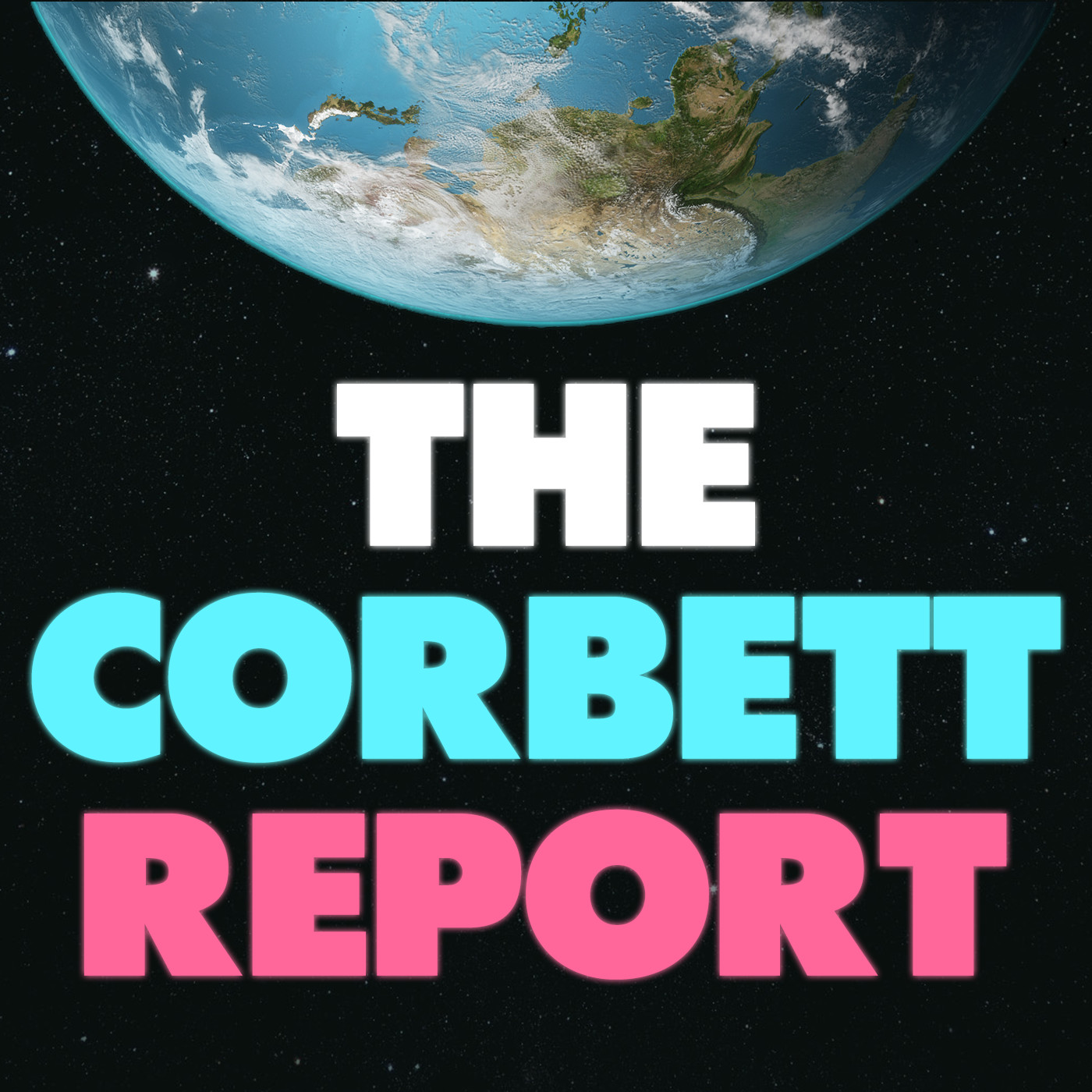Hard Currency Economics
The Anti-Bank
Modern Central Banks
With your bank, you deposit your check, or by now I'm guessing it's all direct deposit. If your bank pays you a tiny bit of interest, we ordinary folk presume it's a nominal recognition that they are using your money while its in their bank. My M.M.T. friends will want to jump in to say, “Not as loanable funds!” Well yes, but they're using it.
Since 2008, the Fed. has been allowed to both issue its own Treasury Bond-like “Term Deposit Facility,”*1 as well as interest on reserves (“IOR”). But what is the reason only “eligible institutions” are induced by interest to utilize these? No, it is not like a bank does to use the funds. No, it is to pay banks, and foreign governments NOT to use them. As the Fed. IS the issuer of the currency, it has no use itself for such “deposits,” which in terms of “deposits at the Fed.” simply means, any “unlent dollars" that are being withheld as a price-negotiation for the dollars that/when they are let. “At the Fed.” only becomes relevant in that either banks are payed to withhold them from the market OR required to do so.
So a bank pays interest TO USE money, a central bank pays only for its clients NOT TO USE their own money and never to actually use their money itself.
So a central bank is the opposite of a bank in this respect, or, an “anti-bank.”
O course that is the official explanation. If Federal Reserve profit comes in to the question would clearly be a bit of a question for another day.
*1 https://www.federalreserve.gov/monetarypolicy/tdf.htm

www.naturalnews.com











